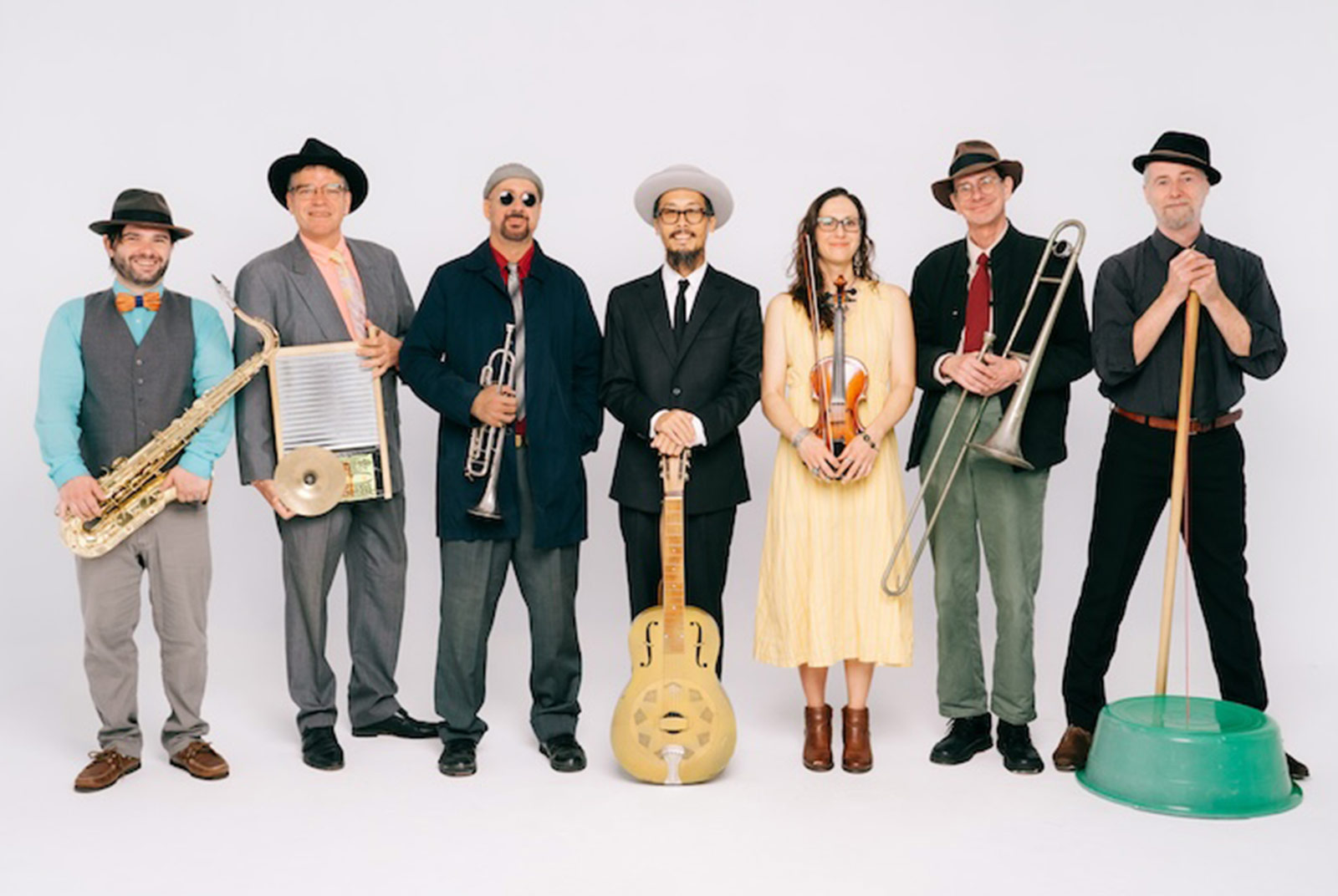Icey Tsui:
Climb Every Mountain
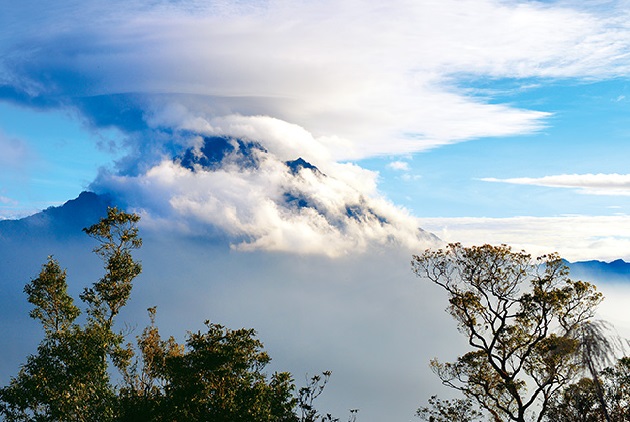
Source:Icey Tsui
Everyone should climb at least one 3,000-meter peak in their lifetime. The path is never easy in the high mountains. Set aside the familiar horizon at sea level and discover that no mountain is too high to climb.
Views
Climb Every Mountain
By Bao Zyiweb only
Fascinated with maps as a child, Icey Tsui could spend hours at bookstores poring over maps. “Bookstore owners hated me,” he says with a chuckle. Even as an elementary school student, he developed a reputation among family members as a walking GPS, earning him the front passenger’s seat as the navigator on every family excursion. Once he dozed off in the car on a trip south to view Haley’s Comet. Without their trusted designated family navigator, his parents got hopelessly lost, a failure of duty he has never forgotten to this day.
Having honed an excellent sense of direction at such a young age, with a passion for learning about navigation routes and reading books about Taiwan’s highest mountains, Tsui’s book knowledge of Taiwan’s mountains was impressive. The first thing he did when he got to university was join the school’s mountaineering club, where he embarked on a lifelong journey into nature and the mountains.
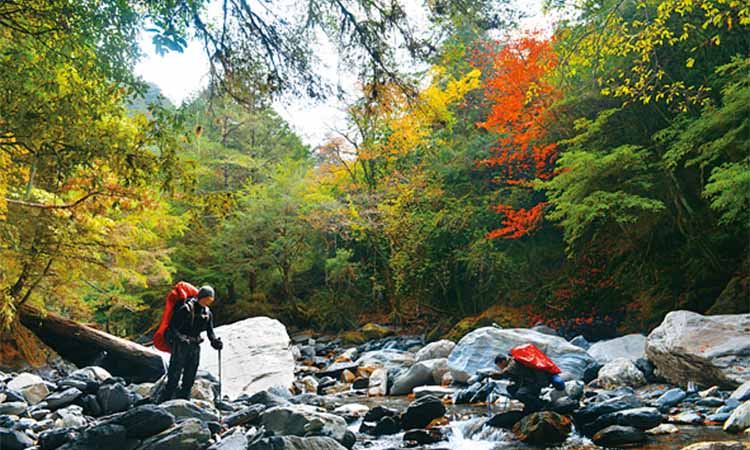 Image: Icey Tsui
Image: Icey Tsui
Having covered countless mountain trails and remote locations in Taiwan and around the world, today Tsui is a professional mountain guide and educator, and a spokesman for “the Louis Vuitton of the outdoor world,” ARC’TERYX. His book, Climbing Mountains to See Taiwan at Its Most Beautiful, is a beginner’s guide to mountaineering, introducing climbing trails spanning suburban foothills to historical trails and high mountain ridges. Beginners and advanced climbers alike can all benefit from following along.
The famous Buddhist saying of “See mountains, and they are just mountains.” (A person takes everything at face value.) “See mountains, and they are not mountains.” (A person realizes that things are not what they seem.) and “See mountains, and they are just mountains again.” (A person sees reality for what it is and is at peace with that.)" is often quoted in the mountaineering community to illustrate reaching realms of successively higher elevations in the mountains (corresponding to the three stages of spiritual elevation in Zen Buddhism), as mountaineering involves a process of self-learning and discovery. Many climbers and trekkers like to “collect summits,” ascending difficult popular high mountain routes. However, some say that this can constrain the imagination and understanding of the various forms of mountaineering.
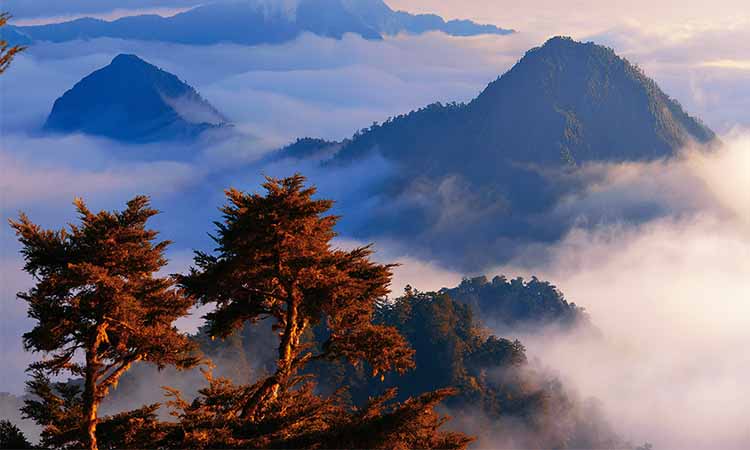 Image: Icey Tsui
Image: Icey Tsui
An experienced climber, Tsui often heads off the beaten path on mid-altitude peaks, finding tranquility as he makes his way through pristine nature. At the same time, he is able to appreciate the joys of more pedestrian routes. Conversations around climbing can range from culture and history to geology, as well as aspects connected with local culture like soaking in hot springs and enjoying good food.
Tsui notes that the 100 or so mountains in northern Taiwan within the Greater Taipei metropolis extending from Taipei to Keelung come in many distinctive shapes and grades, and are dense with trail systems. This is extremely rare in other urban centers around the world, making it a unique, world-class resource. For instance, Pingxi’s alternate soft and hard strata contribute to rich terrain and vistas featuring towering waterfalls as well as the sharp, pillar-like formations of Xiaozi Mountain and Cimu Peak. Coal deposits in the area led to the construction of the railway, and ultimately population settlements, where the tradition of sky lanterns that continues to thrive is indelibly linked with the land and flowing creeks, making it a hiking and climbing area rich with stories.
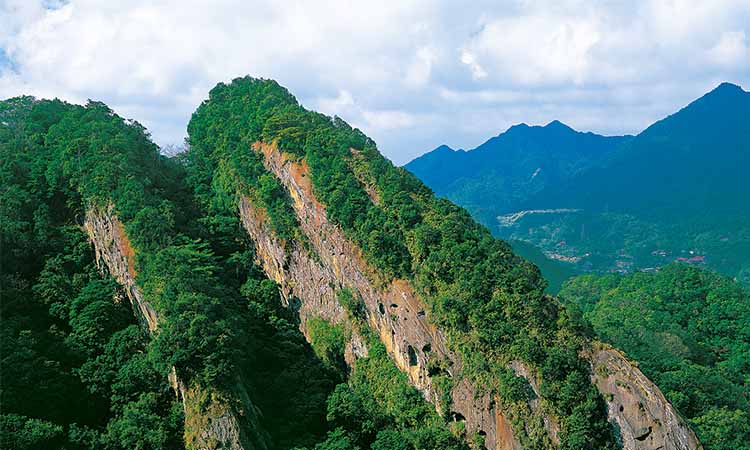 Image: Icey Tsui
Image: Icey Tsui
Perhaps it is easier for outsiders to recognize the unique richness of Taiwan’s mountain areas and the beauty of the terrain. Tsui cites the example of the Lonely Planet Taiwan guidebook, which devotes over half of its introduction of Taiwan’s Top 10 Attractions to hiking in nature, Taroko Gorge, and exploring the mountain forests of the east coast. This is considerably more space than it gives to Taiwanese snacks, which most people presume are well known around the world.
Geologically speaking, Taiwan is fairly young, giving rise to forbidding mountain terrain rising straight from the coasts to well above 3,000 meters above sea level. Forestation is similarly rich and diverse, with over 200 peaks exceeding 3,000 meters. This contrasts dramatically with Japan, a country over 10 times larger than Taiwan with only around two dozen such peaks, making Taiwan’s high mountain density over 100 times that of her neighbor to the north.
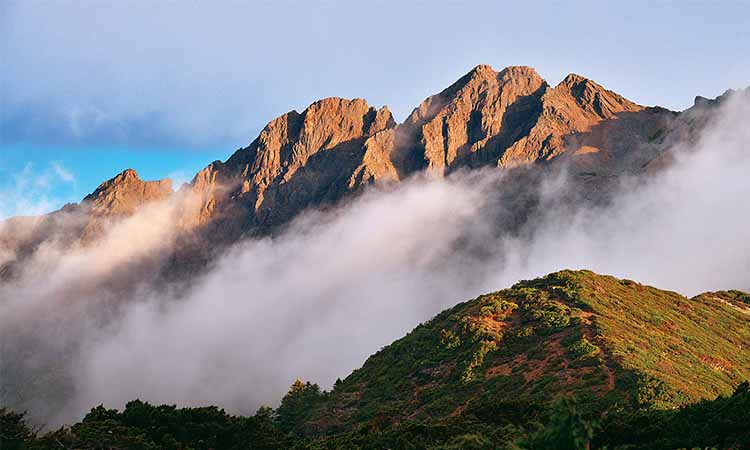 Image: Icey Tsui
Image: Icey Tsui
Understand the Mountains, Learn to be at Home in Nature
Always mindful of the rugged and forbidding nature of Taiwan’s mountain terrain, during his lectures and lessons, Tsui constantly reminds his audiences of some common sense tips that are not necessarily all that common. Among these is this important concept: Never attempt a traverse descent to a river or creek valley when you are totally lost. Taiwan’s rivers and creeks are steep and surrounded by layers of ridges, marked by ravines and deep lakes. When people are lost, they invariably want to descend and “get off the mountain,” but signal reception is poor to nonexistent in such areas, and descending carries elevated risk, which can result in excessive energy expenditure and exhaustion, only increasing the difficulty of rescue efforts.
If you should find yourself lost, the best approach is to find shelter near a ridge where the risk of falling rocks and landslides is low.
In years and decades past, many Taiwanese associated mountaineering with reports of major mountain disasters, so that even Tsui’s mother tried to stop him from joining the mountaineering club out of fear of the dangers of climbing. However, in his mountaineering education, Tsui often promotes the approach that only by getting to know the mountains and the water, and encountering different types of climbing, can peril be averted. Closures and prohibitions will only cause a vicious cycle of self-limitation, and it is incumbent upon climbers to learn how to feel at home in nature, and to gain self-knowledge and training.
 Image: Icey Tsui
Image: Icey Tsui
It is hard to imagine that Tsui was a late bloomer as a child, whose poor performance in gym diminished his confidence in his body. That is, until he discovered that he was a natural endurance athlete and mountaineering helped restore his confidence. This heightened his appreciation for the pressures to which the weakest members of a climbing group are subjected, as well as their state of mind. “Prior to the 1980s, no one believed humans could climb 8,000-meter mountains without (artificial) oxygen, but we did it,” he points out.
Never underestimate your potential, for an individual’s spirit and physical capacity just might be far stronger than we imagine.
These are just some of the vital insights Icey Tsui has gained from a lifetime in the mountains.
Translated from the Chinese article by David Toman
Additional Reading
♦ HsinPu Persimmons, Golden Pearls of Wisdom
♦ Wu Yu-chou: Rescuing 'Spirits in Danger'
♦ Travel in Taiwan: Understated Splendors






